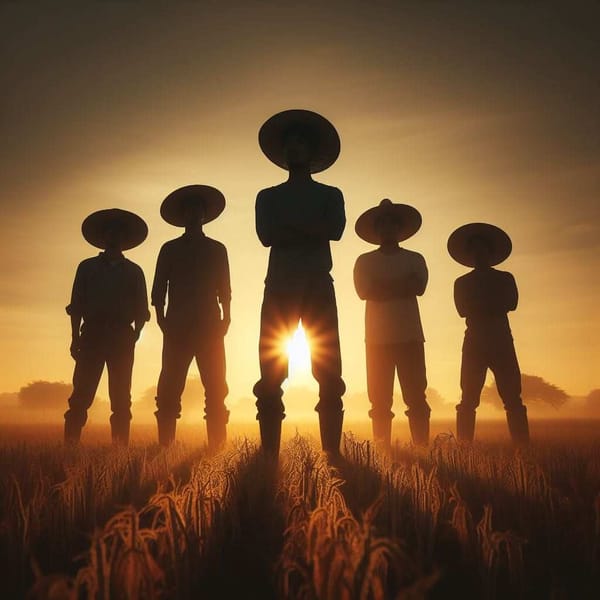Oliver Hardy and Stan Laurel: the impending disaster
A comedy couple that has indelibly marked the history of cinema was formed by an American and an Englishman: Oliver Hardy and Stan Laurel.
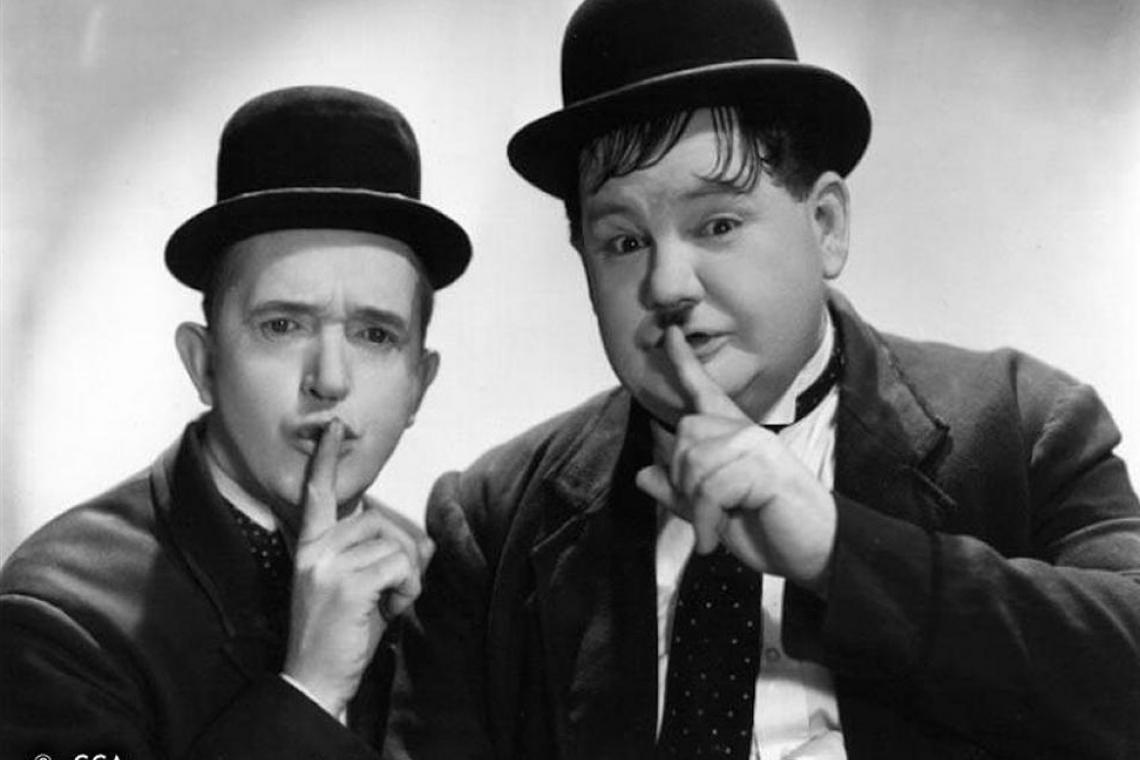
Silent cinema developed the purest resources of humor for this medium, which pointed to the preponderance of visual aspects over spoken discourse, the empire of slapstick, and a bath of chaos over slapstick. For this reason, when talking movies emerged, it is not surprising the reluctance of Chaplin, the decline of Keaton, or the fact that Lloyd's sound films were not convincing. However, there were veterans who knew how to take advantage of what the new feature offered them without losing the essence, as well as newcomers who clearly saw the possibilities they had in front of them.
One of the pairs of comedians who have indelibly marked the history of cinema was formed by an American and an Englishman: Oliver Hardy and Stan Laurel. Both started out in silent films (in 1917 and 1914, respectively) and made an enormous number of films, both alone and as a couple. If we limit ourselves to those in which they appear as a duo, the figures indicate more than one hundred films made between 1921 and 1951, two-thirds of them were short films, 32 silent films, and a few in which they appear in a special role.
Their first film together, The Lucky Dog, brought them together by pure and simple chance. They worked together again in 1926 when producer Hal Roach brought them together again in Duck Soup (and nothing to do with the Marx Brothers' comedy of the same name). They coincided that same year in ten other comedies before their characters matured - most notably in The Second Hundred Years - and officially formed the couple we now remember in Putting Pants on Philip.
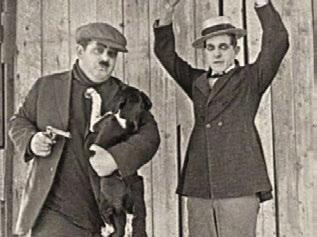
Oliver Hardy and Stan Laurel would be from then on the same characters with a specific name (Stan and Ollie), recognizable by their physique, their personalities, their clothing, their attitudes, and their reactions to a merciless destiny that was always playing them roughly. They were the sum of contrasts that complemented each other: slim and obese; a goofy, pompous, pretentious, pompous and pretentious genius who couldn't give a damn; bow tie - long strip tie - shaved face - trimmed mustache. Both wore a bowler hat, which was too small for Stan, although sometimes they dispensed with it and wore some other hat according to the context of the plot.
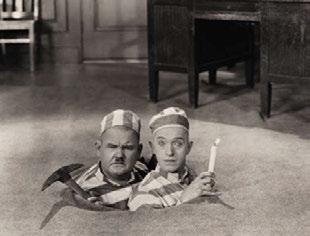
We also know how they will react: Stan's bowler hat jumping off his head, his whining as he scratches and flicks his short hair, Ollie drumming his fingers after a fall, his forefinger getting tangled in his tie. We know them certain recurring phrases: "Wow, another beautiful mess you've gotten me into" (which sometimes takes on variants), "Tell me again" (and Stan won't be able to express himself coherently on the second try). They even fall into astonishing and fortunate verbal propositions: "I dreamed I was awake, but I woke up and I was asleep" (Stan in Oliver the Eight -Oliver VIII-, from 1934).
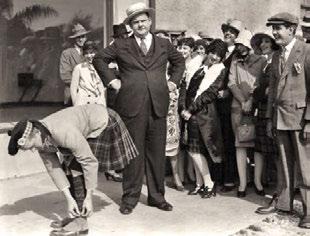
They learned their lesson well from years of silent films, and their humor is based on a chain of visual displays that lead irremediably to a veritable orgy of destruction. The arrival of sound they assumed it with wisdom. Before speaking they made some comedies with synchronized sound, in which they discovered that the sound effects added a lot of fun to the visual jokes (and years later they would make scenes in which we hear the noise of the disaster in progress but only see the faces and reactions of the witnesses). When they finally spoke, their voices and delivery matched perfectly with the characters they embodied.
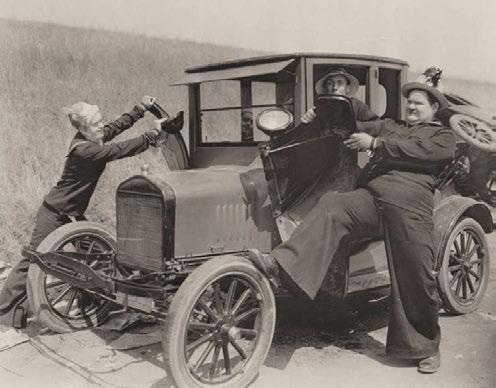
The development of Laurel and Hardy's best films almost always follows a scheme that we could call "tit for tat", a game of giving and taking in which, step by step, blows, smearing of various substances and gradual vandalism and dismantling of objects or places are added, all with their respective pauses to contemplate what has been achieved at each stage. Thus, to point out just one case, in Two Tars (1928) we witness a festival of car destruction. Even though the surprise is one of the usual springs of humor (Cato, for example, will come out of the most unexpected place to attack Inspector Clouseau in the Pink Panther films), we will not find it in this couple's comedies, which follow a sequence that we practically already know beforehand and that is what makes us laugh.
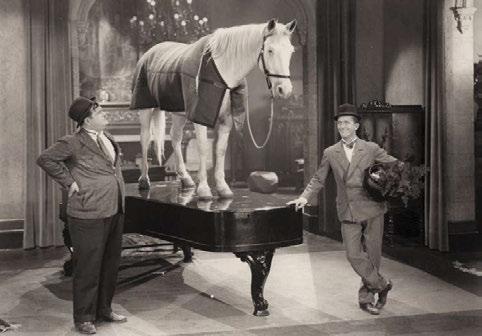
What we do find are stupendous irruptions of the absurd, as we see in Wrong Again (1929), in which they believe that a lost painting is a horse (they have the same name) and proceed to carry out the order to place it on the piano. As for the demolition spirit that characterized them, an anecdote circulated, denied by Stan, which said that Roach bought a house for them to completely destroy it and that when it came time to film, they did just that, but in the building next to the designated one.
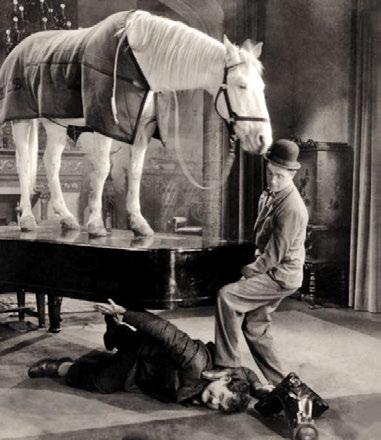
The pair of Stan Laurel and Oliver Hardy was actually a trio. The third element was producer Hal Roach, who was known for accepting with a wide berth the proposals of what would be filmed. In the broad creative aspect, the couple was only one: Stan Laurel, whose obsessive inventiveness planned and executed the intricate catastrophes they had to face, a good part of the dialogues, and in many occasions he was even in charge of directing the disasters step by step. It was he who selected the music that always opens his films. When the pair was finally reduced strictly to two (Hal Roach stopped working with them and the other producers never let Laurel get involved) the decline began, with films in which they often felt more like filler than protagonists.
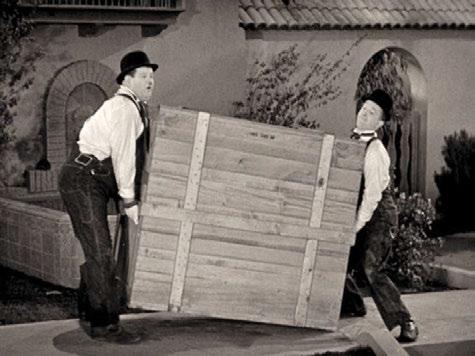
Among the very rich filmography of Stan Laurel and Oliver Hardy, I personally prefer short films. Although feature films such as Sons of the Desert (1933) deserve attention, their talent shone more brightly in short sections in which there was not a minute wasted, in the same way, that there are sprinters and long-distance runners. It is worth mentioning among their short films The Music Box (1932), not because it won them the only Oscar of their career, but because it turns the simple delivery of a piano into a kind of upside-down epic that makes the doom of Sisyphus a big joke.
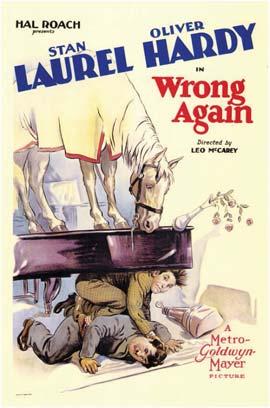
As you can see, Stan Laurel and Oliver Hardy left their mark on the way of making humor in cinema. Their films have left their mark on viewers all over the world as well as on those who dedicate themselves to this art: Jerry Lewis pays homage to Stan in Bellboy (1960), Blake Edwards dedicates The Great Race (1965) to Mr. Laurel and Mr. Hardy.
By Luis Ignacio de la Peña

